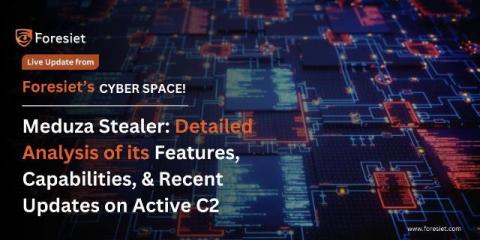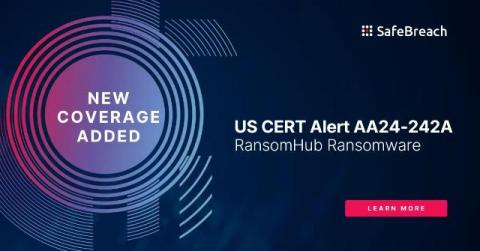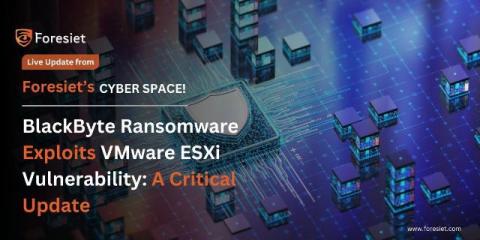Nearly Half of Mid-Market and Enterprise Organizations Have Experienced Four or More Ransomware Attacks in the Last Year
New data exposes the reality of ransomware attacks today, including their frequency, impact, ransom payment – and the involvement of human error. It’s readily evident that ransomware is only growing as a threat. But a new infographic from ERP Cybersecurity vendor Onapsis covering the state of ransomware provides some context on just how critical the threat is right now: The most shocking stat is that in 81% of attacks, human error was involved in the successful execution of the ransomware.










